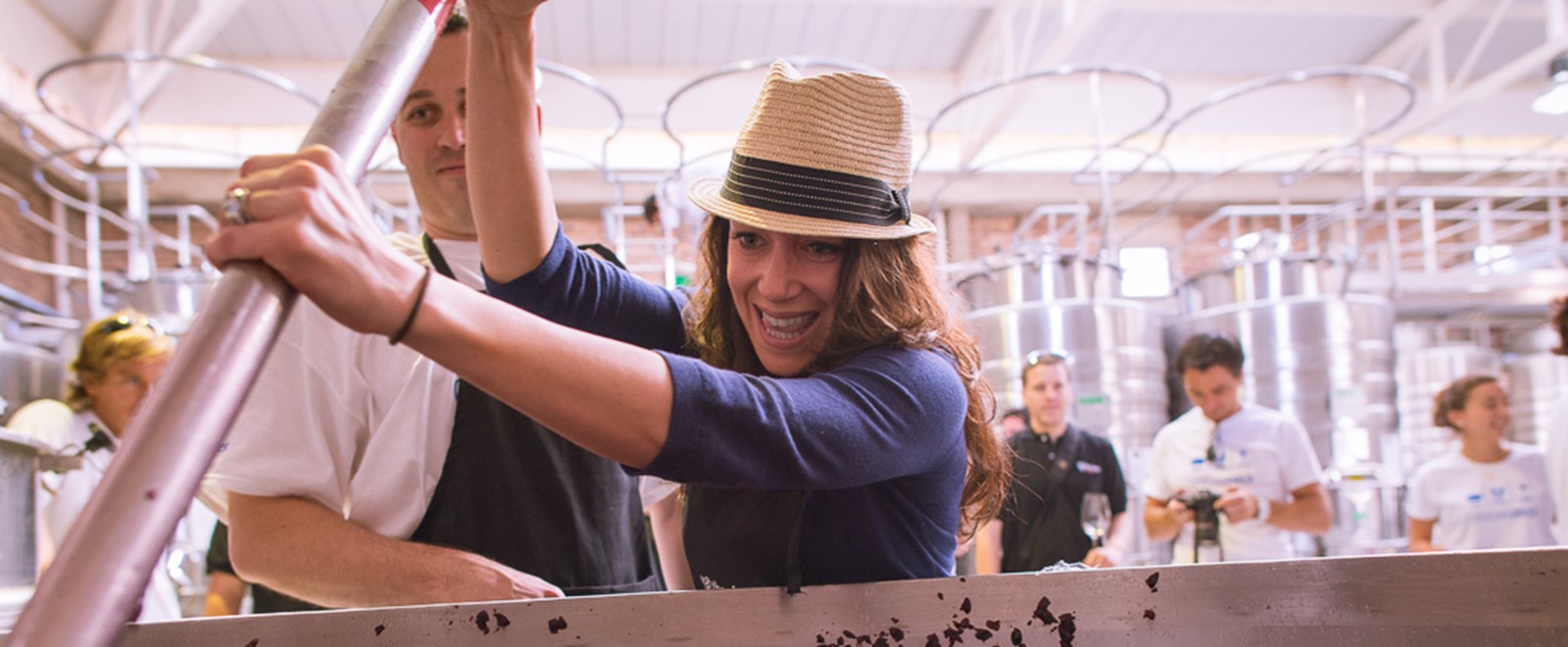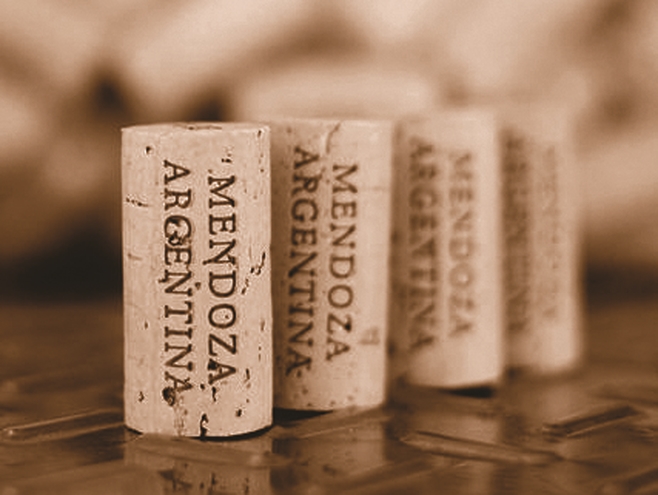As you pull a cork out of a bottle of wine it doesn’t seem that exciting or interesting. Your goal is to get to the delicious liquid inside. You’re left with 2 options. It either glides out seamlessly or you’re left fishing for pieces. The process takes 10 seconds. However, that cork has been through a lot more than that to get into your bottle. Cork comes from oak trees that are mainly found in Southwest Europe in Portugal and Spain.
The process of cutting corks is intense. Farmers cut the bark off of trees every 9 to 10 years. The bark can regrow while the trees continue to live. After the bark is cut into sheets it is dried, and then boiled to clean it. Boiling also flattens the bark, which allows the wood to be cut into straight pieces to punch out corks. The cork that is leftover after being punched is turned into a different kind of cork.
According to Wine Director, Mariana Onofri, The Vines of Mendoza uses the highest quality of cork in most of their red wines for two main reasons. Corks expand naturally creating an air-tight seal, but also allow for a micro oxygenation process to age the wine further in the bottle. The best corks are 49 millimeters long and cost 1 Euro or about $1.25.
That cost is factored into the price of wines. When The Vines doesn’t use perfectly cut corks, they use a type of cork called matted cork, which is a blend of different parts of cork put together. Matted cork offers the same benefits as pure cork. For white wines, except for Chardonnay, they use a screw tight cap, which also creates an air-tight seal to protect the wine. Synthetic corks made of rubber or other materials are never used at The Vines, because they are not as air-tight as real cork or screw on caps.
Ross Szabo is passing through Mendoza after 2 years serving in the Peace Corps in Botswana.


